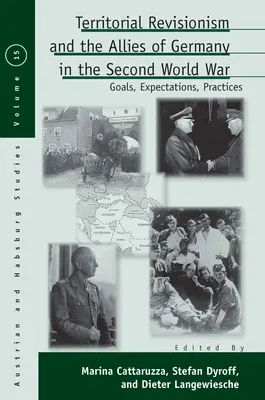Territorial Revisionism and the Allies of Germany in the Second World War: Goals, Expectations, PracticesPaperback, 1 June 2015

Qty
1
Turbo
Ships in 2 - 3 days
In Stock
Free Delivery
Cash on Delivery
15 Days
Free Returns
Secure Checkout

Part of Series
Austrian and Habsburg Studies
Print Length
224 pages
Language
English
Publisher
Berghahn Books
Date Published
1 Jun 2015
ISBN-10
1782389202
ISBN-13
9781782389200
Description
Product Details
Book Format:
Paperback
Country of Origin:
US
Date Published:
1 June 2015
Dimensions:
22.86 x
15.24 x
1.22 cm
ISBN-10:
1782389202
ISBN-13:
9781782389200
Language:
English
Location:
New York, NY
Pages:
224
Publisher:
Weight:
308.44 gm